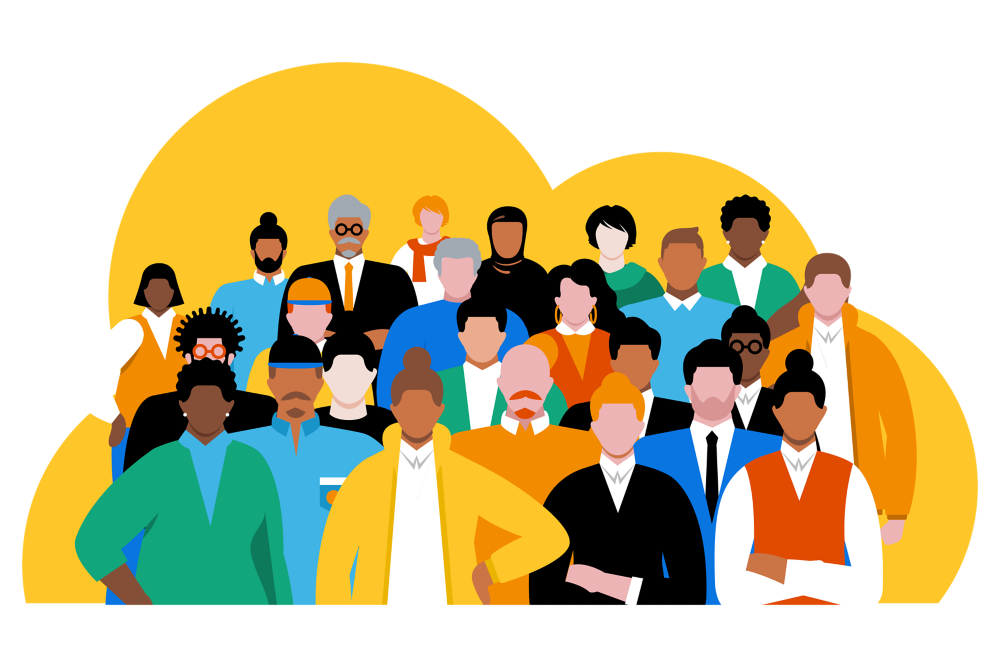How Inclusive Workplaces Drive Innovation and Creativity
Innovation and creativity are the lifeblood of any successful business. But what fuels these qualities in the workplace? The answer is clear: diversity and inclusion. Companies that foster inclusive environments see firsthand how bringing different voices to the table leads to groundbreaking ideas, fresh perspectives, and out-of-the-box solutions.
Inclusion isn’t just about filling quotas or checking a box—it’s about creating a space where every employee feels valued, empowered, and able to contribute fully. Here’s how inclusive workplaces unlock the power of innovation and creativity, driving businesses to new heights.
Diversity Fuels Fresh Perspectives
The most innovative solutions often come from the intersection of different experiences, backgrounds, and ideas. Inclusive workplaces bring together employees from various walks of life, creating a rich tapestry of perspectives.
People with diverse experiences view challenges differently, identifying opportunities and solutions others might miss. For example, someone from a different cultural background might suggest a unique approach to problem-solving, or a team member with a disability might highlight accessibility improvements that benefit a wider audience. These differences lead to breakthroughs that homogenous teams often overlook
By embracing inclusion, companies create environments where diverse ideas flourish, sparking creativity at every level.
Psychological Safety: The Key to Innovation
For creativity to thrive, employees need to feel safe sharing their ideas. Inclusive workplaces prioritize psychological safety—a culture where individuals can express themselves without fear of judgment or rejection.
When employees know their perspectives are valued, they’re more likely to take risks and propose bold ideas. This willingness to experiment and challenge the status quo is the essence of innovation. Companies that foster psychological safety see teams collaborate more effectively, problem-solve with confidence, and develop cutting-edge solutions.
Collaboration Across Differences
Inclusive workplaces break down silos, encouraging collaboration across teams, departments, and roles. When employees with diverse skills, experiences, and viewpoints come together, they approach challenges from multiple angles, often finding unexpected solutions.
For example, tech companies have long embraced cross-functional teams, where engineers, designers, and marketers work together to develop user-friendly products. By ensuring these teams are inclusive—bringing in employees from different cultural, generational, and ability backgrounds—their innovations are more likely to resonate with a wider audience.
Universal Design: Innovation for All
Some of the greatest innovations stem from the need to address specific challenges. Inclusive workplaces often champion universal design principles—creating products, services, and environments that are accessible to everyone.
Take voice recognition software or closed-captioning, for instance. These technologies were initially designed to assist individuals with disabilities but have since become indispensable for the broader population. By prioritizing inclusion, businesses can create solutions that not only meet specific needs but also drive widespread impact.
Attracting and Retaining Top Talent
Inclusive workplaces don’t just inspire current employees—they also attract the best talent from around the world. In today’s competitive job market, top candidates look for companies that prioritize diversity and inclusion.
Once hired, employees who feel valued and included are more likely to stay, reducing turnover and ensuring institutional knowledge is retained. A diverse and engaged workforce is a company’s most valuable asset, fueling innovation through a blend of experience and fresh ideas.
Steps Toward an Inclusive Culture
Creating an inclusive workplace starts with intention. Here are a few actionable steps to get started:
- Promote Inclusive Leadership: Train managers to recognize and challenge unconscious bias, ensuring all team members are heard and supported.
- Celebrate Diversity: Acknowledge and respect cultural differences, creating opportunities for employees to share their unique backgrounds and experiences.
- Encourage Open Dialogue: Provide forums where employees can discuss ideas, challenges, and solutions without fear of criticism.
- Invest in Accessibility: Ensure your physical and digital spaces are welcoming to everyone, including individuals with disabilities.
- Measure and Improve: Regularly assess your company’s inclusivity efforts and seek feedback to identify areas for growth.
The Future Belongs to Inclusive Companies
Innovation doesn’t happen in a vacuum—it thrives in environments where different perspectives collide, challenge, and ultimately complement one another. Inclusive workplaces provide the fertile ground needed for creativity to flourish, driving businesses toward sustainable success.
By fostering an inclusive culture, companies don’t just benefit their employees; they position themselves as leaders in their industries. The future of work is inclusive, innovative, and diverse. Will your company embrace the power of inclusion to lead the way?

